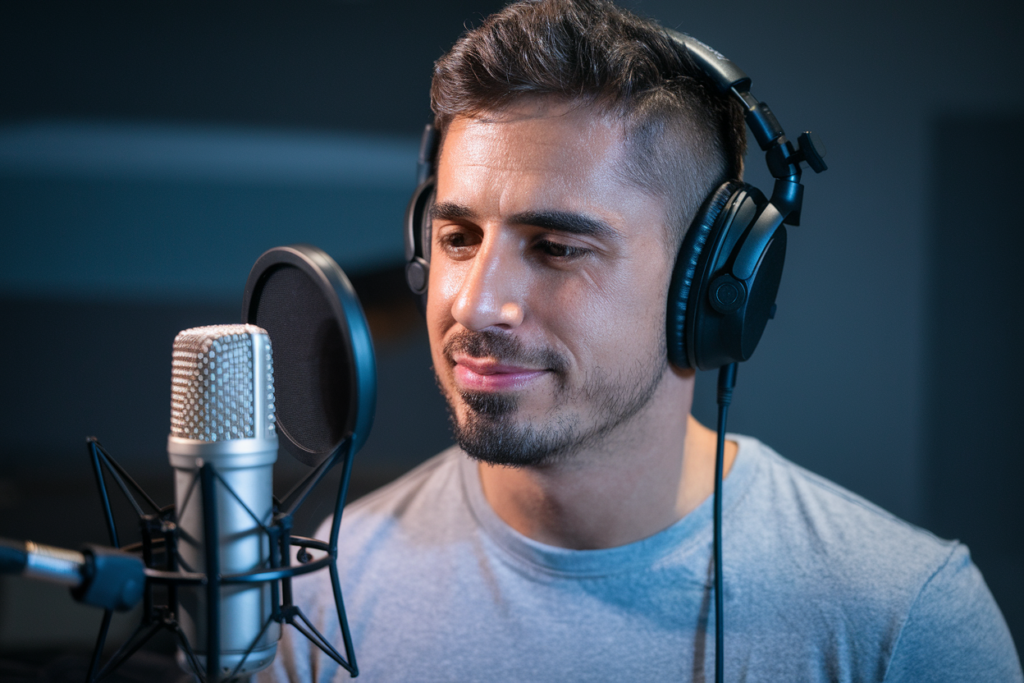In today’s digital age, the influence of media on language and culture is undeniable. As I explore the impact of press, TV, and the internet in Galician, it’s fascinating to see how these platforms shape public perception and identity. The Galician language faces unique challenges and opportunities as it navigates through various forms of media.
From traditional newspapers to streaming services, each medium plays a crucial role in promoting or diminishing the use of Galician. I’ll delve into how these channels not only inform but also engage communities, fostering a sense of belonging while preserving linguistic heritage. Join me as we uncover the dynamic interplay between media and the Galician language in this ever-evolving landscape.
Overview of Media Impact
Media forms like press, TV, and the internet significantly influence the Galician language and culture. These platforms create both challenges and opportunities for the preservation and promotion of Gallego.
Historical Context of Media in Gallego
The emergence of media in Gallego dates back to the 19th century with the publication of newspapers. Early efforts focused on promoting the language amidst widespread Spanish dominance. Over time, radio broadcasts began integrating Gallego into programming during the mid-20th century, further enhancing its visibility. The revival of interest in regional languages during Spain’s democratic transition in the late 20th century also increased support for media content in Gallego. This historical backdrop set a foundation for contemporary discussions about media’s role in cultural identity.
Evolution of Press, TV, and Internet
Press outlets initially provided critical platforms for promoting Galician literature and journalism. Newspapers like “La Voz de Galicia” played pivotal roles by offering news coverage that reflected local issues while utilizing native language. Television emerged as a powerful medium from the 1980s onward, with channels dedicating segments to programs produced in Gallego. The rise of internet access fostered new opportunities; online content creation has surged since then, allowing diverse voices to share perspectives through blogs, podcasts, and social media platforms.
This interplay between traditional media and digital advancements continues reshaping how I engage with my cultural heritage while navigating modern communication landscapes.
The Role of Press in Gallego Culture
Press plays a crucial role in shaping Gallego culture, influencing public opinion and preserving the language. It serves as a bridge between history and contemporary expression.
Influence of Print Media
Print media significantly impacts Gallego culture by providing a platform for local voices and promoting the language. Newspapers foster community engagement, offering news relevant to Galician society. They also contribute to cultural identity through literature reviews, opinion pieces, and interviews with regional authors. This focus on local content helps cultivate pride in the Galician language while countering dominant Spanish narratives.
Notable Publications in Gallego
Several notable publications drive the promotion of Gallego culture. “La Voz de Galicia” stands out as one of the most influential newspapers, highlighting local news, arts, and literature in Gallego. Other important publications include “El Progreso” and “Diario de Ferrol,” which also emphasize regional issues and cultural events. These outlets play an essential role in fostering awareness and appreciation for the language while encouraging new generations to engage with their heritage through journalism.
The Significance of Television
Television plays a pivotal role in the dissemination of the Galician language and culture. It serves as a vital platform for engaging audiences, promoting cultural identity, and facilitating discourse within the community.
Leading Gallego TV Channels
Leading Gallego TV channels like TVG (Televisión de Galicia) provide extensive programming in Galician. These channels feature news segments, entertainment shows, and cultural programs that resonate with local audiences. Regular broadcasts include popular series such as “A Casa dos Músicos,” which showcases regional talent, and informative documentaries focusing on Galician history and traditions.
TVG also collaborates with local filmmakers to produce content that reflects contemporary issues affecting Galicia. This partnership fosters creativity while reinforcing the visibility of the Galician language in mainstream media.
Cultural Representation on TV
Cultural representation on TV significantly impacts how viewers perceive their identity. Programs highlight traditional festivals like “O Maratón de San Silvestre” or showcase local cuisine through cooking shows featuring dishes like “pulpo á feira.” Such representations strengthen connections to heritage by celebrating unique aspects of Galician life.
Diverse storytelling is essential for inclusivity; therefore, productions increasingly feature underrepresented voices from different backgrounds within Galicia. By portraying varied experiences, television helps foster understanding and appreciation for cultural diversity among viewers.
Overall, television remains an influential medium for promoting the Galician language while enriching communal bonds through shared narratives and experiences.
The Rise of Internet Media
The internet significantly transformed how the Galician language and culture are accessed and experienced. Digital platforms provide new opportunities for engagement, allowing broader audiences to connect with Gallego content.
Digital Platforms and Gallego Awareness
Digital platforms, such as websites, blogs, and streaming services, enhance awareness of the Galician language. Online publications like “Praza Pública” and “Galicia Confidencial” focus on regional news in Gallego, fostering a deeper understanding of local issues. Additionally, video-sharing sites host content in Gallego that promotes culture and identity through short films or documentaries. These platforms encourage user-generated content, empowering individuals to contribute their narratives while ensuring visibility for diverse voices within the community.
Social Media’s Role in Language Promotion
Social media plays a pivotal role in promoting the Galician language by facilitating real-time communication among users. Platforms like Facebook and Twitter help disseminate information quickly through posts and hashtags related to cultural events or language initiatives. Influencers sharing content in Gallego amplify its reach across younger demographics. Furthermore, educational organizations leverage social media campaigns to promote learning resources available in Gallico. This connectivity fosters community engagement while encouraging pride in linguistic heritage among followers.
Comparative Analysis of Media Types
Analyzing the impact of press, TV, and internet media reveals distinct differences in audience reach and engagement. Each medium plays a vital role in promoting the Galician language and culture.
Press vs. TV: Audience Reach and Engagement
Press media, such as newspapers like “La Voz de Galicia” or “El Progreso,” primarily engage readers through articles, editorials, and cultural pieces. They foster community connection by addressing local issues relevant to Galician society. In contrast, television channels like TVG offer visual storytelling that captures attention through dynamic programming. This includes news segments that resonate with viewers’ everyday lives and entertainment shows showcasing regional talents. While print media allows for in-depth analysis, television provides immediate access to information through engaging visuals and sound.
Both platforms target different demographics; older generations often prefer traditional newspapers for their detailed reporting, while younger audiences lean toward television for its fast-paced content delivery. By combining these approaches, media outlets can enhance overall outreach efforts while maintaining cultural relevance.
Internet’s Impact on Traditional Media
The internet revolutionizes how people consume information about Galician culture. Digital platforms expand access to content beyond geographic limitations faced by traditional media outlets. Online publications like “Praza Pública” engage audiences with timely coverage of local events, enhancing awareness of the Galician language among diverse groups.
Social media further amplifies this effect by enabling real-time interaction between users and content creators. Platforms facilitate discussions around cultural initiatives using hashtags or posts related to events in Galicia. Influencers sharing insights about their heritage attract younger demographics who may seek digital connections instead of relying solely on print or broadcast sources.
Overall, the integration of internet resources into traditional media enhances visibility and encourages active participation within the Galician-speaking community while preserving linguistic identity across various formats.
Conclusion
The interplay between press, TV, and internet has profoundly influenced the Galician language and culture. As I reflect on this dynamic landscape, it’s clear that each medium offers unique pathways for expression and connection.
Traditional media continues to anchor community engagement while digital platforms expand access and reach. The evolution of these channels not only preserves linguistic heritage but also nurtures a vibrant cultural identity.
Moving forward, embracing both traditional and modern methods will be essential in fostering pride in our Galician roots. It’s an exciting time to witness how these influences shape our collective narrative in the years to come.








